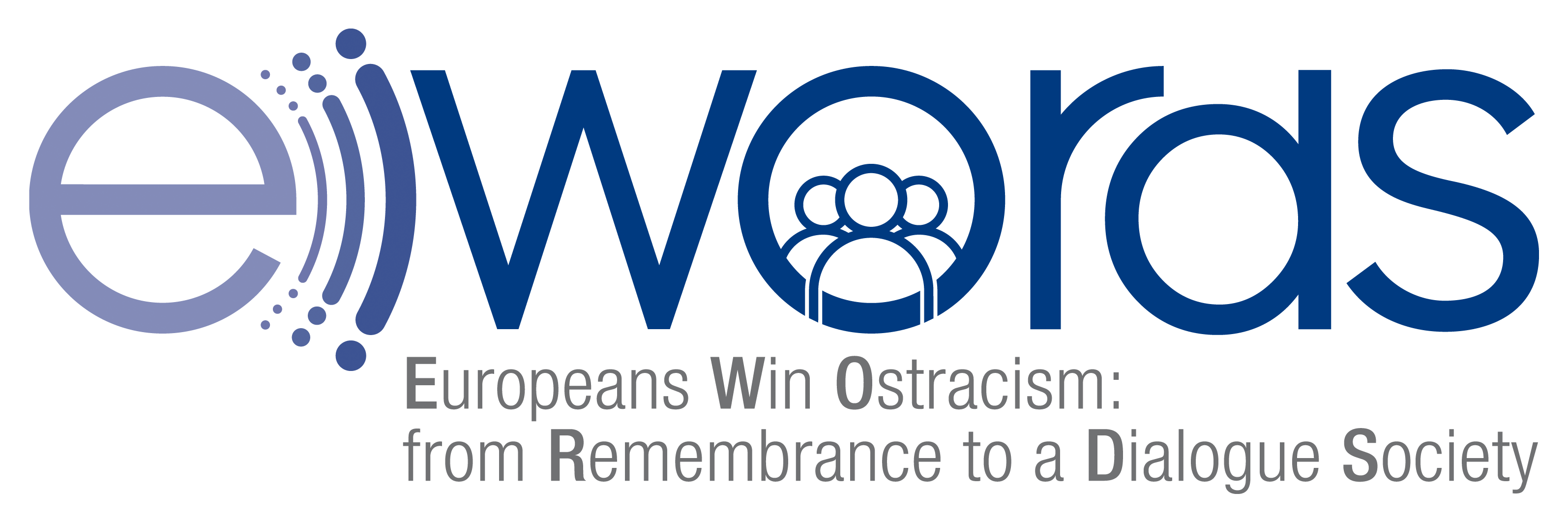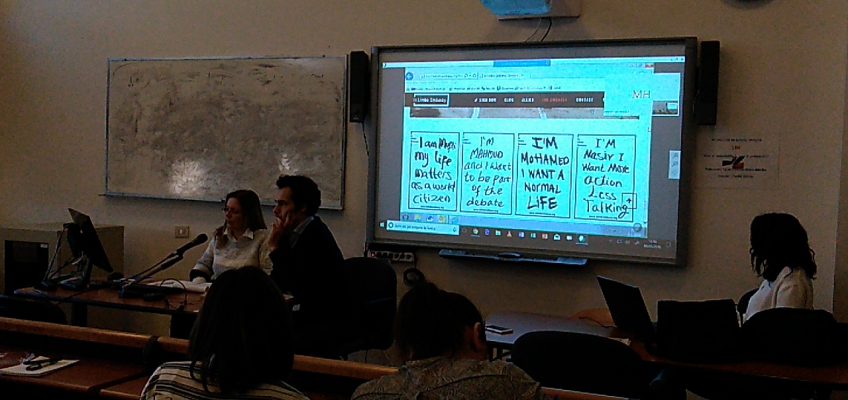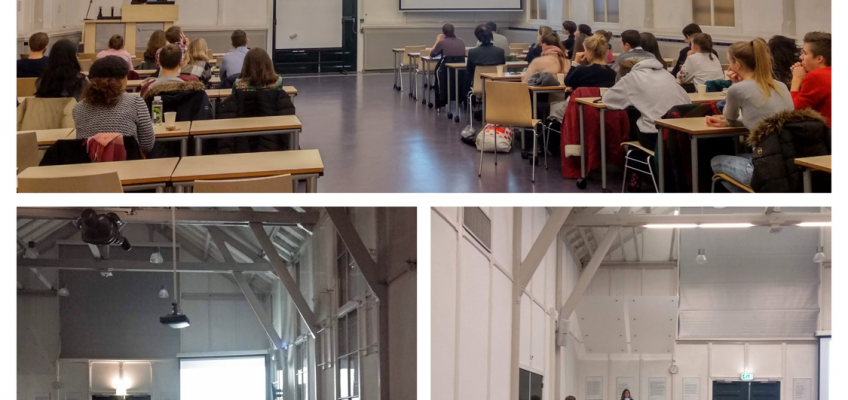Identity
European identity – why should we care?
There are several reasons why European identification is a highly relevant topic. Politically, the legitimacy of the European project may be at stake. It is often claimed that the citizens of the European Union have had little say in major political changes made in their name (i.e. the ‘democratic deficit’), and that one of the most prominent problems of the EU is the fact that its institutions lack accountability. It has become commonplace to assert the disjuncture presented by the accelerated drive for integration and the manifest absence of a popular European will. The idea of the European Union as being an undemocratic, cumbersome institution, threatening the sovereignty and identity of the nation-states within, is certainly not new. This reading of the EU has returned cyclically after each treaty change and was particularly strong in the aftermath of the rejection of the Constitutional Treaty. However, even if it is not new, it has returned forcefully in the last years. The growing popularity of the many Eurosceptic parties is an obvious expression of this.
The concept of identity
Let’s begin with the question of what identity is. As is often the case with concepts, there is no unified vision on what identity means, how it is formed or the factors that determine the development and the evolution of individual and collective identities. However, there are some generally accepted approaches in the study of identity. They are the ones that are most useful when analyzing European identity.
Identity, in simplified terms, is a shared sense of belonging to a group based on common interests and common experiences. If you follow social constructivist thinking, then identity is not a natural given, nor a product that is subject to acts of individual will; rather, it is formed by social processes and reshaped by social relations. Promoters of this worldview reject the notion of the individual seen as a unit consisting of rationality and freedom of choice. They also reject interpretations according to which individuals have unique and integral identities or the idea that the formation of collective identities is based on a set of features shared by all members of a community. Constructivists instead talk about realities, which are socially created and not given, about identity as “a construction of membership in one or more social groups”. They see identity as a process subject to change that is renegotiated in interaction, when individuals accentuate the various layers of their identity, choosing and oscillating between their multiple identifications. This allows individuals to display “polyphonic” identities; that is, they can mobilize simultaneous “voices” that are associated with different categories of identity.
Another important element in the analysis of the concept of identity is the process of classification and the definition of membership. During the past two decades, scholars have increasingly discussed and conceptualised “identity” as a perception of self in relation to the others. According to this approach identity can be viewed as a process of self-categorization and self-understanding, as “a network of feelings of belonging to and exclusion from human subgroups”. In different words, people’s perceptions of themselves are constructed in relation to elements of the outside world. Or, as Fligstein puts it, “our idea of who we are, is usually framed as a response to some ‘other’ group”.1 Most scholars would agree that the Us/Other dichotomy is at the heart of the process of identity-making. It is the defining characteristics of a group separating them from others rather than what its members have in common, that plays a major role here. In short, identity does not exist as such, as a simple, static “thing”. Rather, it is a complex phenomenon, which is always constructed (according to the individual’s social and physical environment) and is situated in the middle of a stream of rival or competing cultural discourses about ‘the Other’. How does this fit into the discourse on European identity?
European identity – a problem of definition
The first problem we encounter when we talk about European identity is the question of what we mean with “Europe”. Is it the continent (perceived in geographical, historical or cultural terms) or the politico-economic structure known as the EU? Do we talk about a “European identity” or an “EU identity”? The second question is much more fundamental and is the question of whether a European identity actually exists. A number of scholars continue to be skeptical and affirm that European identity is rather a theoretical construction than a “reality”, just as Europe “has always been more of a mental construct than a geographical or social entity”.2 Scholars following this way of thinking stress that the EU is seen as an economic and political entity that does not generate any affective feeling of belonging, and is not capable of arousing popular attachment, unlike the nation-states which remain the final frame of reference. According to them, ethnic and national levels of identification continue to be vivid and take priority, remaining much more prominent and accessible to the population than the more abstract regional identities such as the European one. The lack of public identification with the EU is usually explained, on the one hand, with the lack of communication and discursive structures that make political community possible, and, on the other hand, with the lack of transparency in its procedures.
However, there are a number of scholars who demonstrated empirically that a sense of European identity has begun to develop lately and that increasing numbers of Europeans identify in one way or another with Europe and the European community. They believe that an important percentage of European citizens incorporate Europe into their sense of identity, and that they hold Europeanized national identities, if only as a secondary identity. Even European law formally refers to the concept of a European identity. Art. 6, para. 3 of the Treaty on European Union, reads as follows: “The Union shall respect the national identities of its Member States”. Art. 2, by contrast, states that the Union shall set itself the objective to “assert its identity on the international scene”, implying the existence of an EU identity.
Most scholars agree that European identity is a complex construct. Some go even as far as saying there is not “a” European identity but rather “several” European identities. These identities articulate different but coexisting senses of the self, among them local, regional, national or supra-national ones. Taking into account the concept of identity as such, we can assume that Europeans display different identifications, depending on the specific context they find themselves in. If you ask an Italian in the United States or in China where he is from, he is probably going to say “from Europe”. When you ask him the same question in Spain, the answer will be “from Italy” and if he talks to his fellow countrymen, he will probably specify the region and say “Tuscany” or “Florence”. This implies, among other things, that people can feel both members of their region, their nation, and of the wider European Union at the same time. In other words, European identity may be defined as a “multilevel identity” which does not exclude or deny other identities and other loyalties. European identity – as any other identity – can be seen as a social construction, rather than a static, pre-given characteristic. Being not a pure fact, nor a simple phenomenon, identity represents a process of constant change and negotiation with the people around us, being mainly constructed through interaction and institutionalization.
1Fligstein, N. (2008). Euroclash: The EU, European Identity, and the Future of Europe. Oxford: Oxford University Press, p.135
2Lowenthal, D. (2000). “European Identity”: An Emerging Concept. Australian Journal of Politics and History 46(3), p. 314








